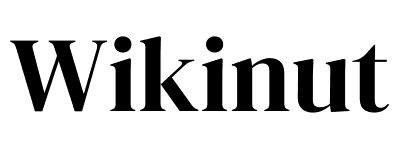Potassium is a mineral known to help lower high blood pressure levels. Find out what other fruits to grab if you want to increase your potassium intake the natural way.
10 Fruits To Lower Blood Pressure Quickly
Potassium is the third most abundant mineral in the body. This essential mineral helps regulate the function of cells, muscles, tissues, and nerves and is one of the nutrients known to help lower blood pressure levels. Along with sodium, calcium, and magnesium, it is also an electrolyte, a substance that maintains the fluid balance in the body. Potassium also plays an important role in preventing bone loss by controlling the amount of calcium excreted in the urine.
The weakening of the muscles, confusion, irritability, fatigue, heart problems, and chronic diarrhea are some of the symptoms of lack of potassium in the body. Keep your potassium levels in check by reaching for any of these fruits.
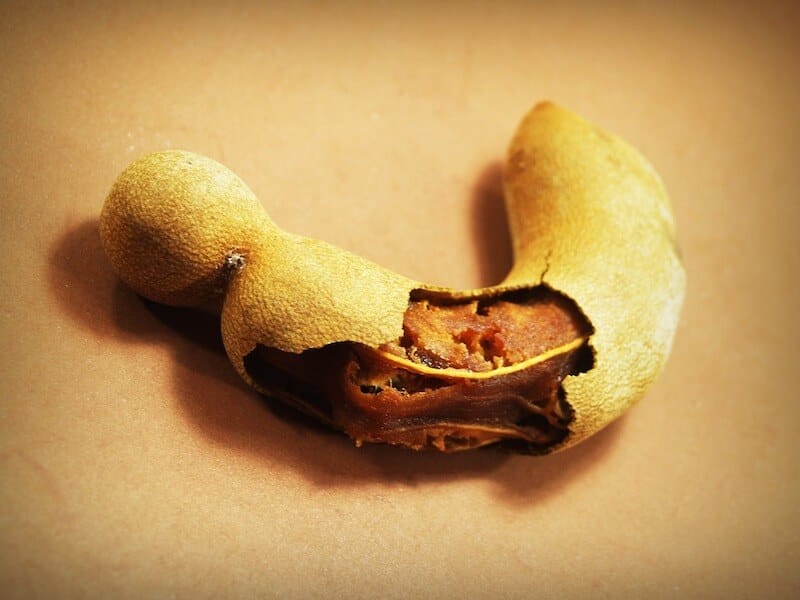
1. Tamarinds (628 mg)
The tamarind is a tart fruit that is typically used as a spice and souring agent. It is an excellent source of thiamine, magnesium, fiber, and potassium. It is also rich in iron, phosphorus, and niacin and one of the few fruits packed with calcium.
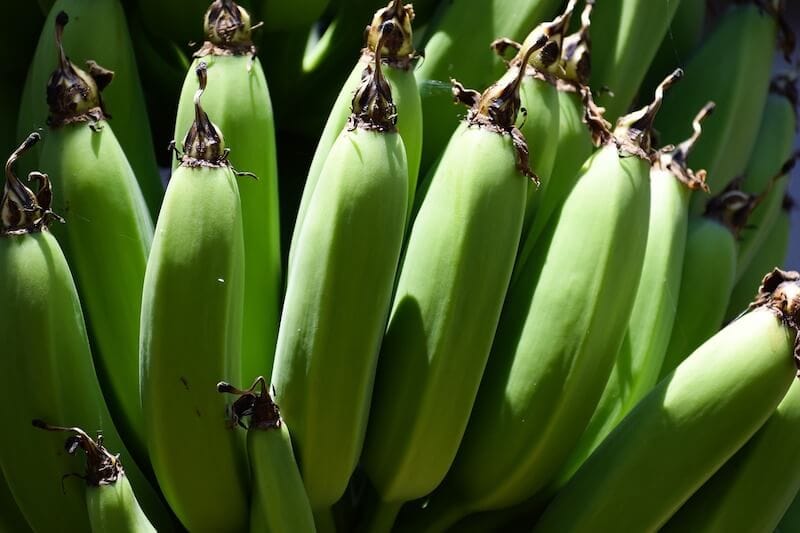
2. Plantains (499 mg)
Plantains are fruits that can be mistaken for bananas. They are classified as fruits but are considered vegetables as they need to be cooked before they can be eaten. Plantains are very high in vitamins A and C. They are also packed with vitamin B6, magnesium, and fiber and almost a quarter of the daily value of potassium.
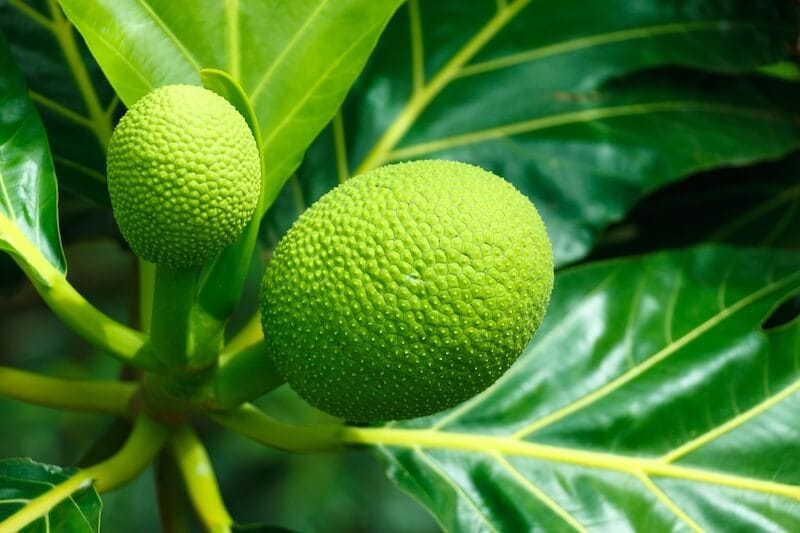
3. Breadfruit (490 mg)
The breadfruit is another fruit that needs to be cooked before it is consumed. Every 100 grams can supply the body with half of the DV of vitamin C. It is also loaded with 20% of the DV of fiber and is a very good source of potassium, magnesium, and thiamine.
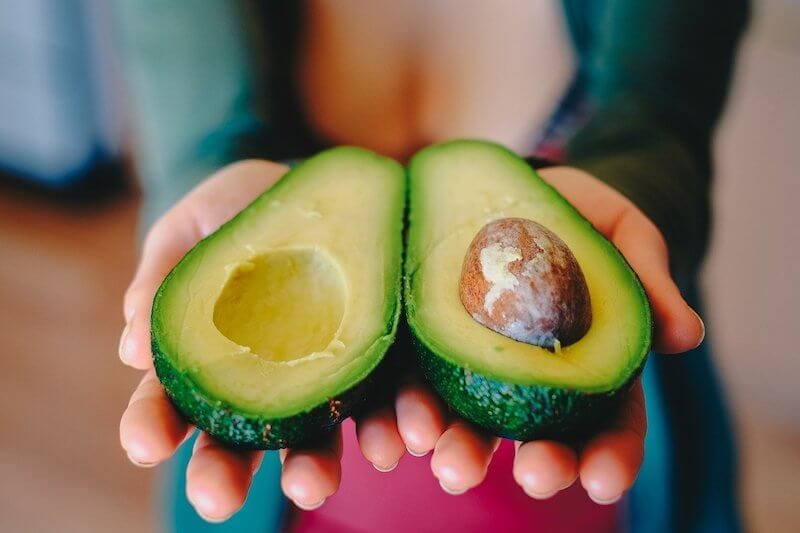
4. Avocados (485 mg)
Considered as one of the most nutritious fruits, avocados are excellent sources of fiber, vitamin K, and folate, and very good sources of potassium, pantothenic acid, and vitamins C and E. One cup of cubed avocados can provide the body with a good amount of B vitamins, as well as copper, magnesium, and manganese.
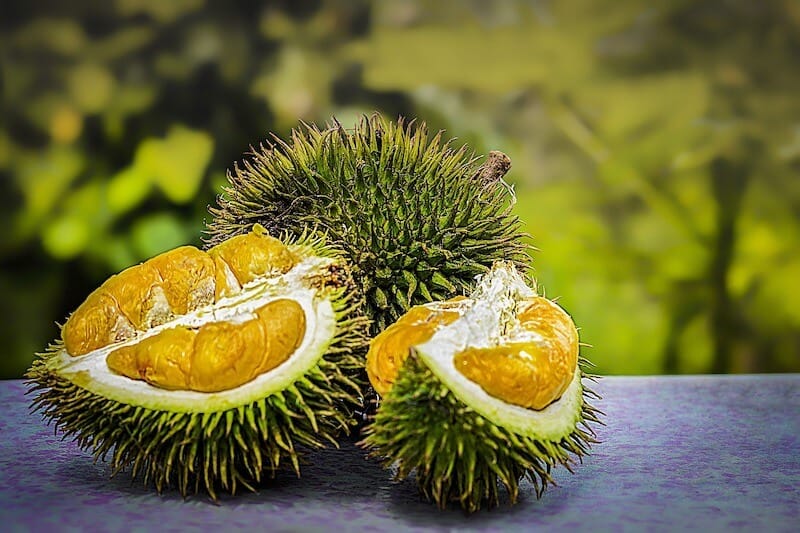
5. Durian (436 mg)
The king of fruits boasts of its high vitamin C content. It is also rich in vitamins B1 and B6, fiber, folate, magnesium, and manganese, and is blushing with 436 mg of potassium for every 1 cup of chopped or diced fruit.
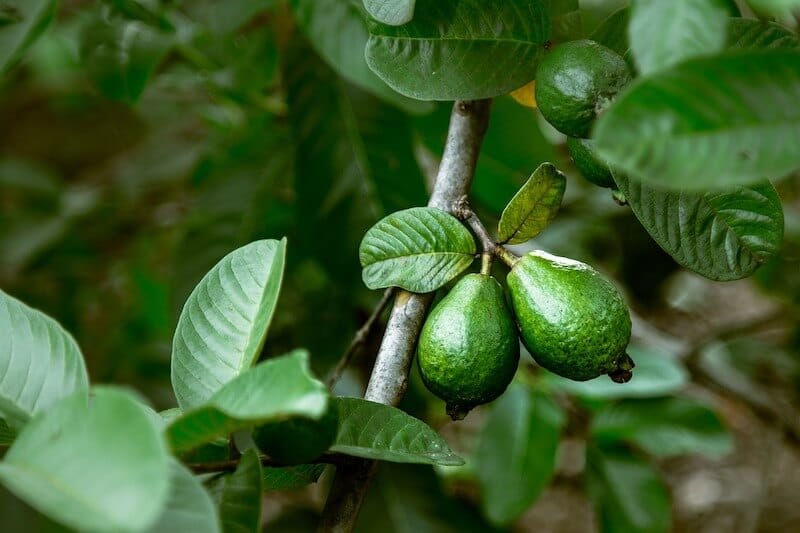
6. Guavas (417 mg)
The guava, considered as one of the superfoods, is the fruit with the highest vitamin C content. In addition to being an excellent source of fiber and vitamin A, it is also a very good source of vitamin B6, potassium, copper, and manganese.
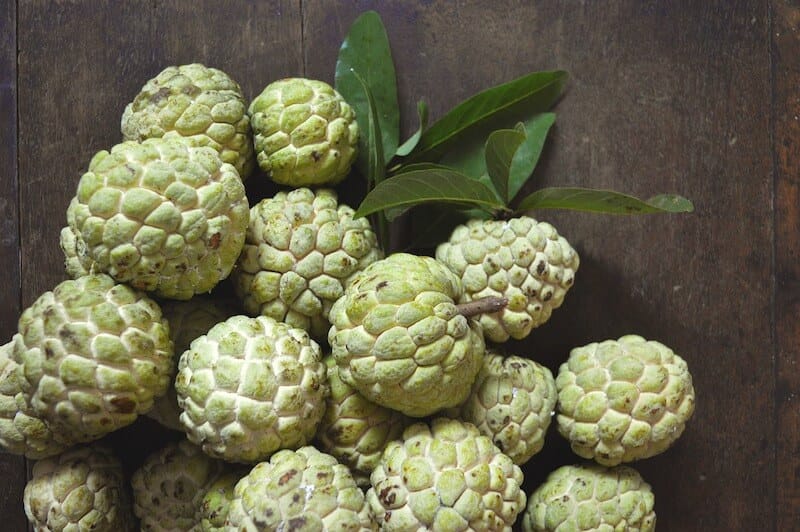
7. Custard-apple (382 mg)
Custard-apple, also known as bullock’s heart contains almost the same amount of potassium as bananas. It can also provide the body with an excellent supply of vitamins C and B6, and fiber.
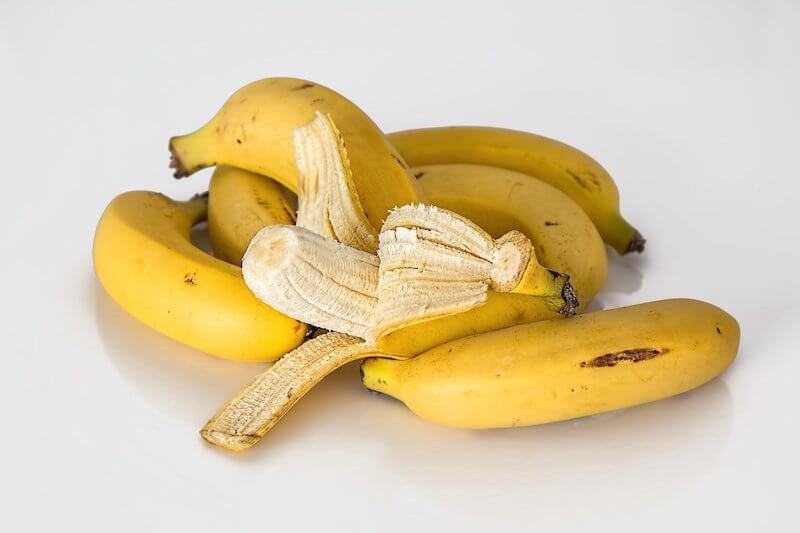
8. Bananas (358 mg)
Why do we see tennis players eat bananas during a match? Bananas are best known for their potassium content which helps replenish lost fluids from sweating so much during a game. It also adds energy and helps prevent cramps. Why bananas and not the other more high potassium fruits? Bananas are convenient, easy to digest, and also calms the stomach.

9. Passion Fruit (348 mg)
Granadilla, also known as purple passion fruit is a Brazil native. You’ll get half of the daily value of vitamin C and fiber and a quarter of the DV of vitamin A for every 100 grams of this subtropical fruit. It can also contribute about 348 mg of potassium.
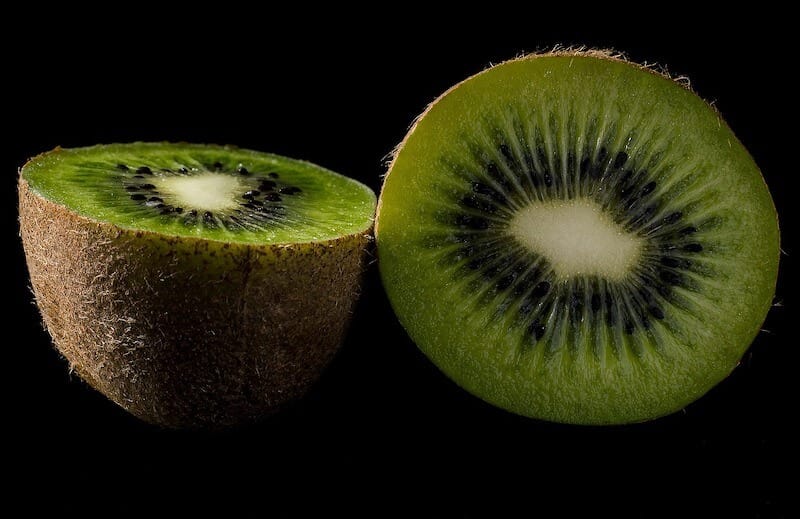
10. Kiwifruit (332 mg)
The kiwifruit is an excellent source of vitamins C and K and fiber, a very good source of folate, potassium, and copper, and a good source of B vitamins and other important nutrients. Like the tamarind, it is one of the few fruits which contain the bone-friendly nutrient—calcium.
The RDI for potassium is 4700 mg.
Nutrient data source: USDA
* for every 100-gram serving
